Sweetcorn, or simply corn, is one of America’s most beloved summer staples. Whether it’s roasted on the grill at a backyard barbecue, boiled and slathered with butter, or used in a fresh corn salad, this golden grain brings comfort, nostalgia, and a true taste of summer. Beyond its delicious flavor, sweetcorn is also a rewarding crop to grow in home gardens, especially for gardeners who love quick-growing, high-yield plants.
In this detailed guide, we’ll walk you through everything you need to know about growing sweetcorn—from planting tips and soil preparation to watering, fertilizing, and harvesting. Plus, we’ll share how to keep your corn healthy, pest-free, and bursting with sweetness.
Understanding Sweetcorn
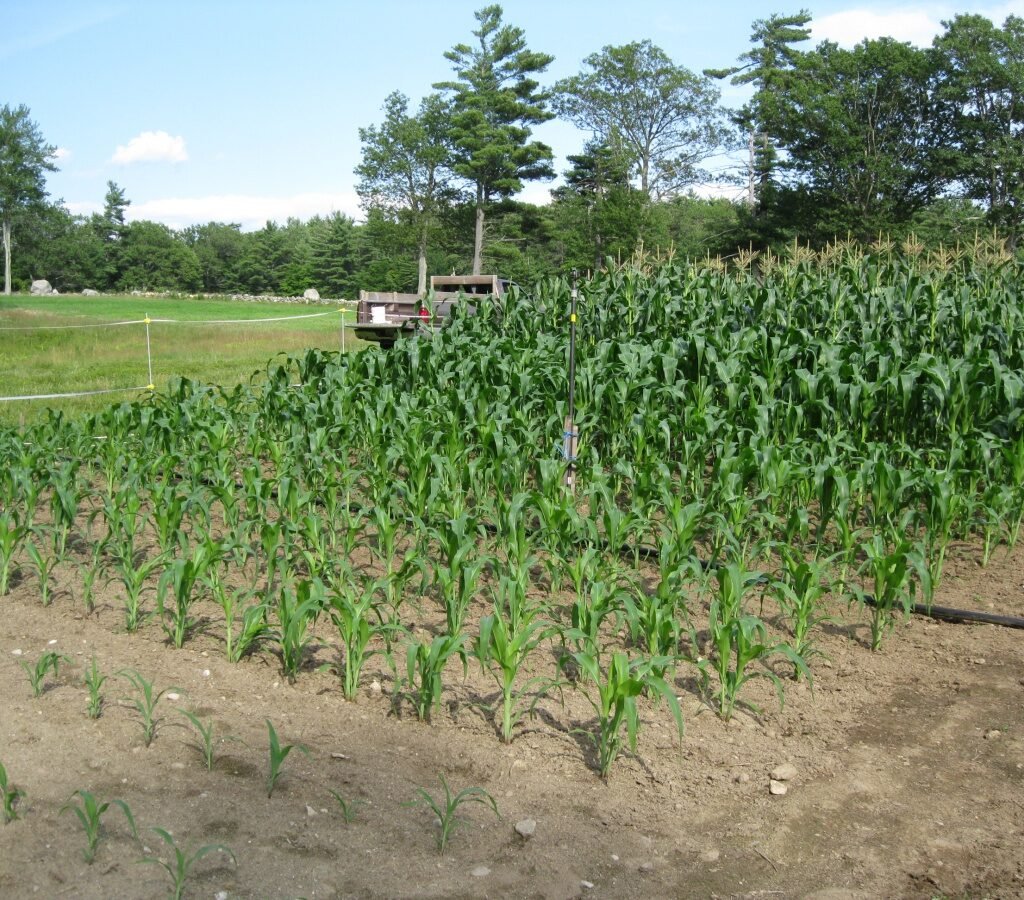
Sweetcorn (Zea mays var. saccharata) is a warm-season annual crop native to the Americas and part of the grass family. Unlike field corn used for animal feed, sweetcorn is bred for its high sugar content, giving it that juicy, tender flavor perfect for eating fresh.
There are three main types of sweetcorn:
- Standard (su): The classic sweet flavor most people know. Best eaten soon after harvest, as the sugars quickly turn to starch.
- Sugar-enhanced (se): Sweeter and stays fresh longer than standard varieties.
- Supersweet (sh2): Extra-sweet and holds its sugar content even after harvest—ideal for markets or storage.
When choosing a variety, consider your local climate and how soon you plan to harvest. Popular American varieties include Silver Queen, Golden Bantam, Honey Select, and Peaches and Cream.
How to Grow Sweetcorn from Seed
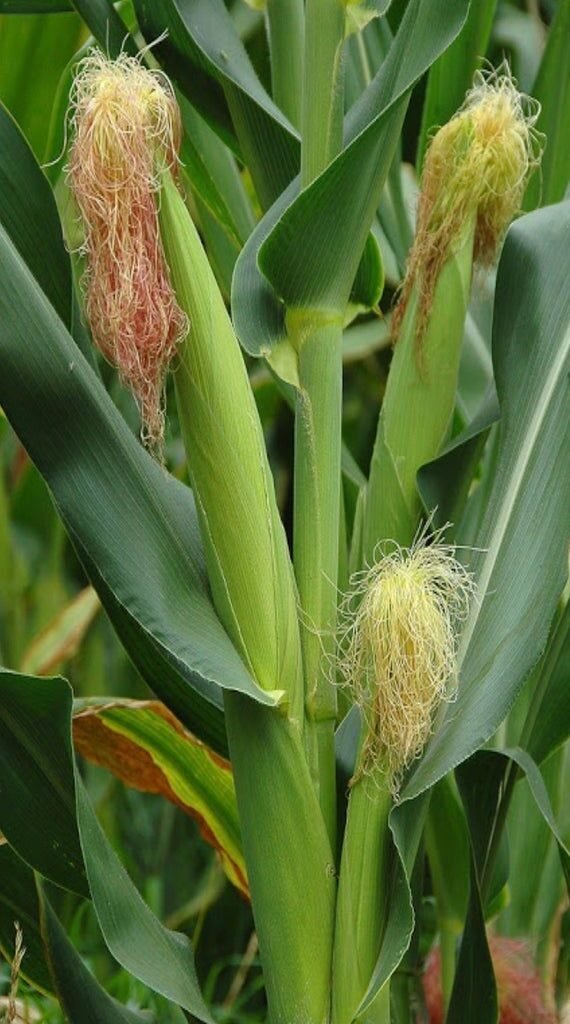
Sweetcorn grows best from seed rather than transplants because it dislikes having its roots disturbed. Follow these steps for a successful start:
1. Choose the Right Location:
Corn loves full sun—at least 6–8 hours daily. Pick a spacious, sunny spot with rich, well-drained soil.
2. Prepare the Soil:
Before planting, enrich your soil with organic compost or aged manure. Corn is a heavy feeder, so nutrient-rich soil is essential. Aim for a pH between 6.0 and 6.8.
3. Planting Seeds:
- Sow seeds directly outdoors once the soil temperature reaches at least 60°F (16°C).
- Plant seeds about 1 inch deep and 8–12 inches apart, with rows spaced 2½–3 feet apart.
- To improve pollination, plant corn in blocks of short rows instead of one long row. Corn is wind-pollinated, and block planting ensures full, plump ears.
4. Germination and Early Care:
Seeds typically germinate within 7–10 days. Keep the soil moist but not soggy, and thin seedlings to the strongest plants once they reach 3–4 inches tall.
Caring for Your Sweetcorn Plants
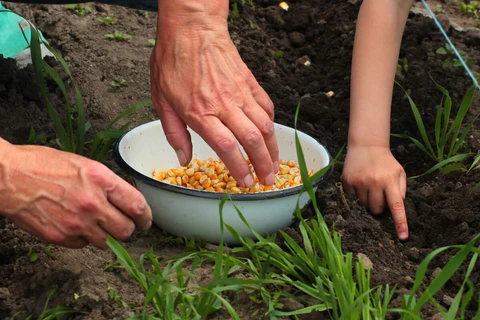
Corn grows rapidly and requires consistent attention for best results. Here’s how to keep it healthy and thriving throughout the season:
1. Watering:
Corn needs 1–1.5 inches of water per week, especially during the tasseling and ear-filling stages. Deep watering encourages strong root development. Avoid overhead watering if possible to reduce the risk of fungal diseases.
2. Mulching:
Apply mulch around the base of the plants to retain moisture, suppress weeds, and regulate soil temperature. Organic mulch such as straw or shredded leaves works perfectly.
3. Fertilizing:
Feed your corn with a nitrogen-rich fertilizer when plants are about 12 inches tall and again when they start tasseling. Fish emulsion, blood meal, or a balanced 10-10-10 fertilizer can boost growth and ear development.
4. Supporting Pollination:
Each corn stalk produces tassels (male flowers) and ears with silk (female flowers). To improve pollination, gently shake the stalks during the day when pollen is released, or hand-pollinate by transferring pollen from tassels to silks.
Common Pests and Diseases
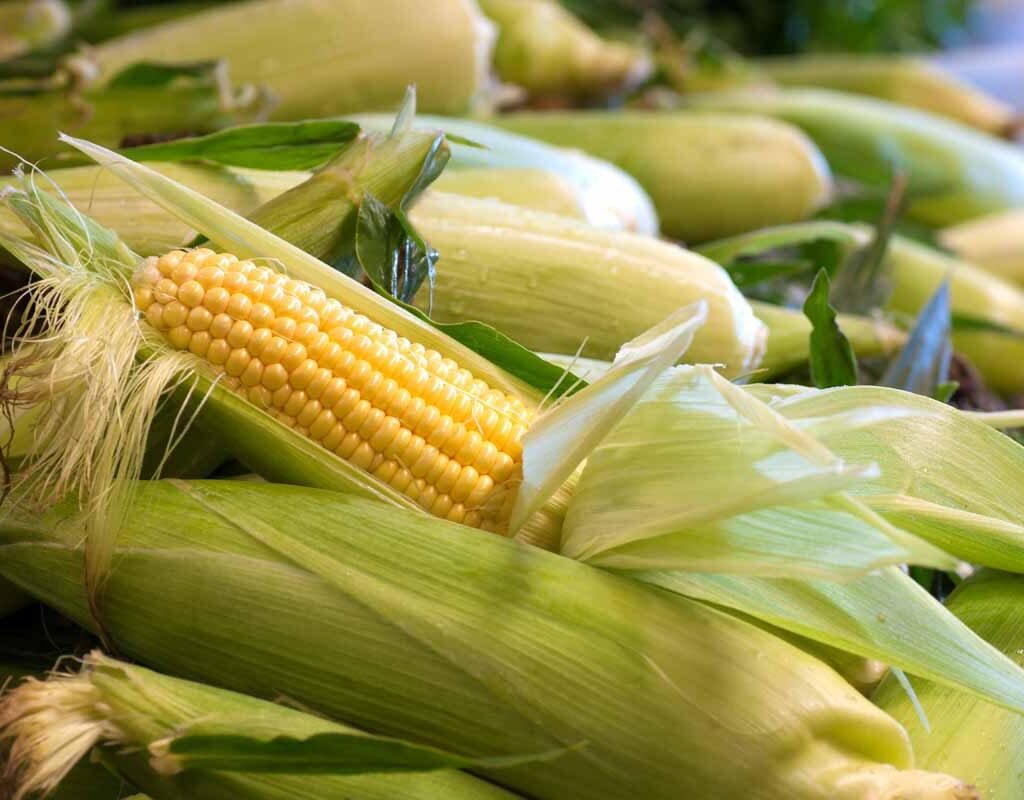
Like many garden crops, sweetcorn attracts a few unwanted guests. Knowing how to identify and manage them can save your harvest:
1. Corn Earworm:
These pests burrow into the ear tips. Prevent them by applying a few drops of mineral oil to the silks after pollination or using floating row covers early in the season.
2. Cutworms:
Cutworms chew young seedlings at the soil line. Protect your plants by using cardboard collars around the base or spreading diatomaceous earth.
3. Aphids and Armyworms:
These sap-sucking insects can cause stunted growth. Spray with neem oil or insecticidal soap as needed.
4. Fungal Diseases:
Rust and smut can appear in humid conditions. Ensure proper air circulation, avoid overhead watering, and rotate crops annually to prevent buildup of pathogens.
When and How to Harvest Sweetcorn
Timing is key when it comes to harvesting corn at its sweetest. Here’s how to know when your ears are ready:
Signs of Maturity:
- Ears feel plump, and the silks at the top turn brown and dry.
- Kernels exude a milky liquid when pierced with a fingernail (if clear, it’s not ready; if doughy, it’s past its prime).
Harvesting Tips:
- Hold the stalk firmly and twist the ear downward to snap it off.
- For the best flavor, harvest in the morning when sugar content is highest.
- Eat or refrigerate immediately—sweetcorn’s sugars convert to starch quickly after picking.
Delicious Ways to Enjoy Fresh Sweetcorn
One of the best rewards of growing your own sweetcorn is enjoying it fresh off the stalk. Here are a few classic American ways to savor it:
- Grilled Corn on the Cob: Brush with butter, sprinkle with salt, and grill until slightly charred.
- Sweetcorn Chowder: A creamy, hearty soup perfect for cool summer nights.
- Corn Salsa: Combine roasted kernels with tomato, cilantro, lime, and jalapeño for a zesty dip.
- Cornbread: Add fresh or frozen kernels to traditional cornbread batter for a rustic touch.
- Street Corn (Elote): Coat with mayo, cotija cheese, chili powder, and lime for a Mexican-inspired treat.
Sweetcorn is also easy to freeze or preserve, ensuring you can enjoy its sweetness long after summer ends. Blanch the ears, cut off the kernels, and freeze in airtight bags for soups, salads, and casseroles.
Companion Planting for Corn
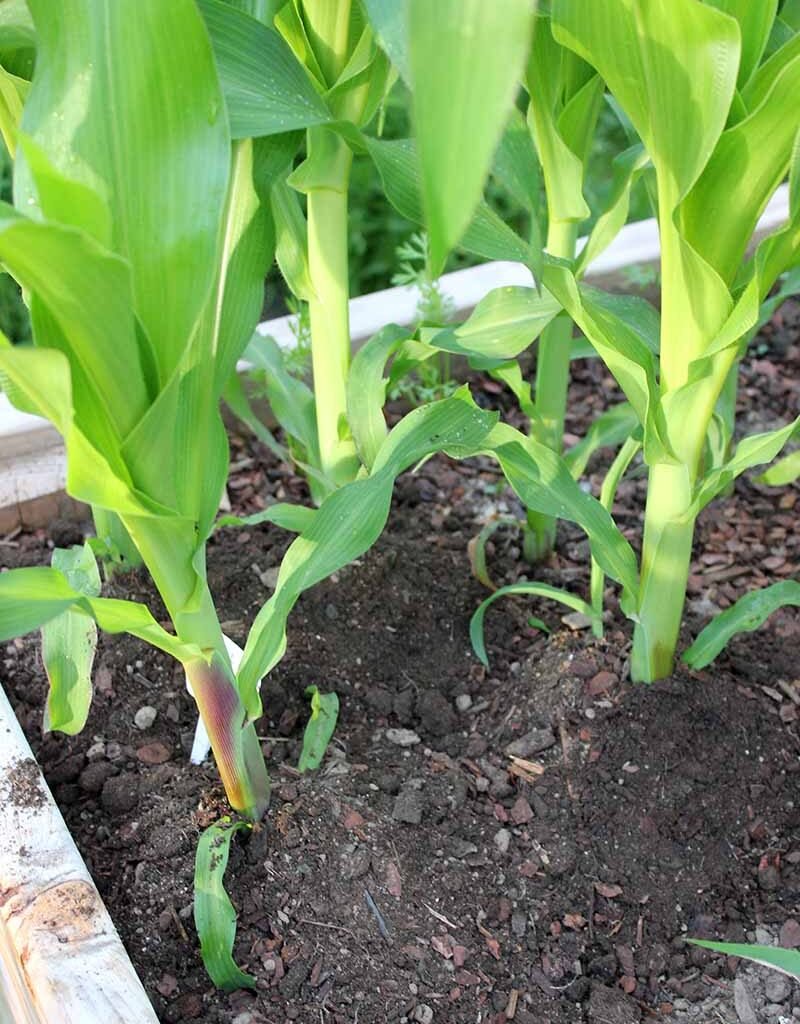
Corn grows beautifully alongside other plants that help improve soil health and deter pests. Try the classic “Three Sisters” method—a Native American tradition that combines corn, beans, and squash.
- Corn provides a natural trellis for beans.
- Beans fix nitrogen in the soil, enriching it for corn.
- Squash covers the ground, suppressing weeds and keeping the soil moist.
Other great companions include cucumbers, peas, and sunflowers. Avoid planting near tomatoes or celery, as they compete for similar nutrients.
Final Thoughts: Growing Sweetcorn in Your Home Garden
Growing sweetcorn at home connects you with America’s agricultural heritage and rewards you with one of the freshest, sweetest treats you can grow. From preparing the soil to harvesting golden ears in midsummer, each step brings you closer to that classic backyard flavor of grilled corn dripping with butter.
With the right care—ample sun, fertile soil, consistent watering, and mindful pest control—you can enjoy bountiful harvests that taste far better than anything from the store. Whether you’re planting a few rows in your backyard or a small patch in your garden, sweetcorn adds beauty, height, and summer magic to your homegrown bounty.
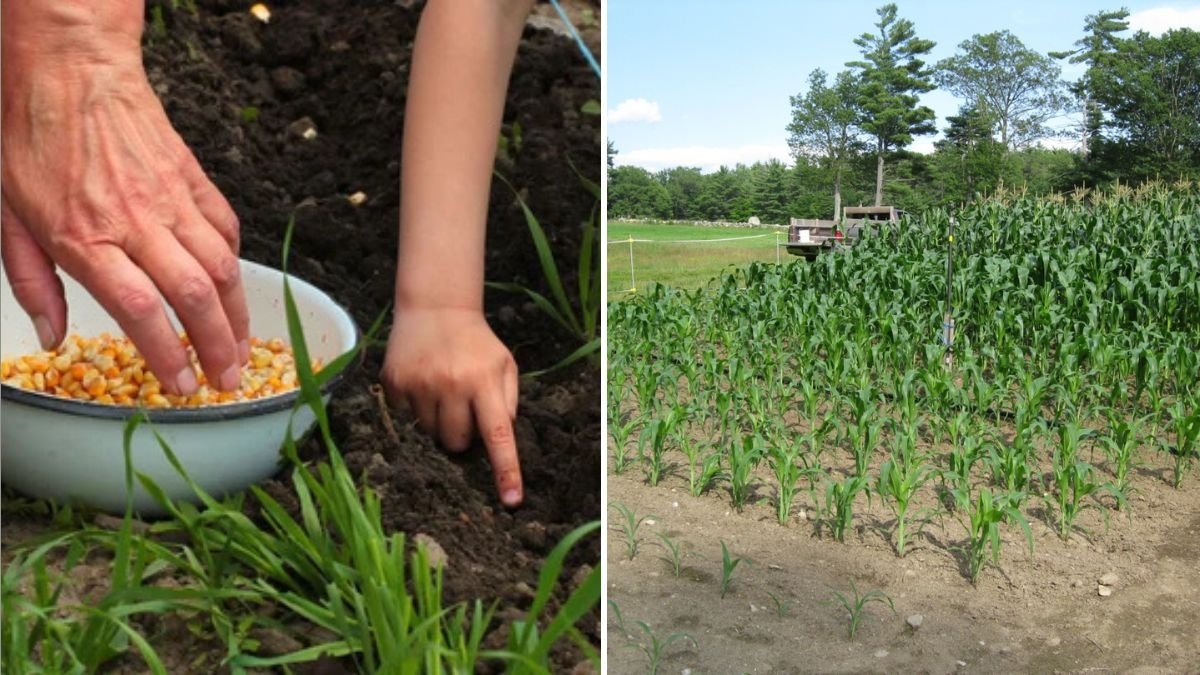





Leave A Comment